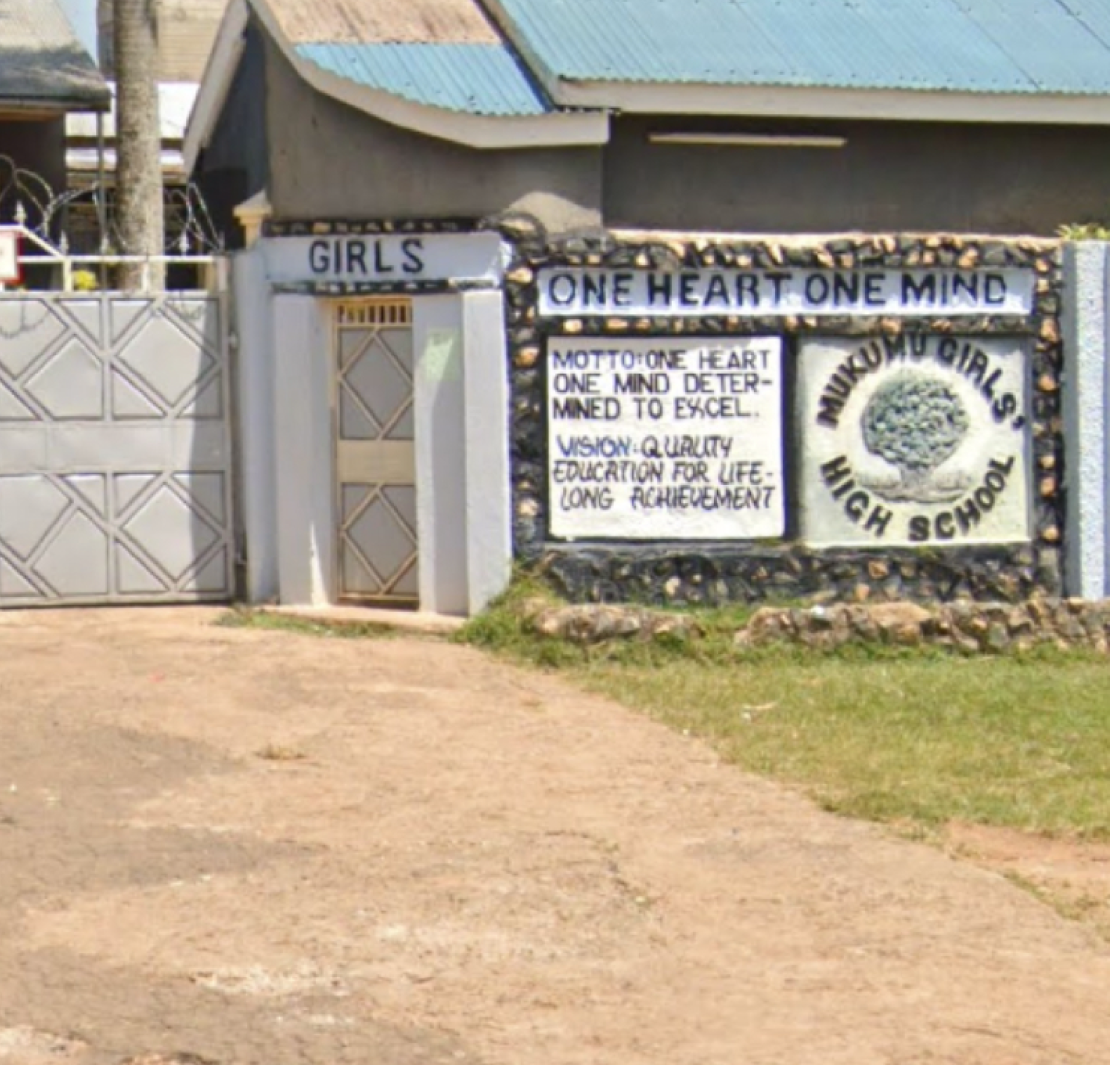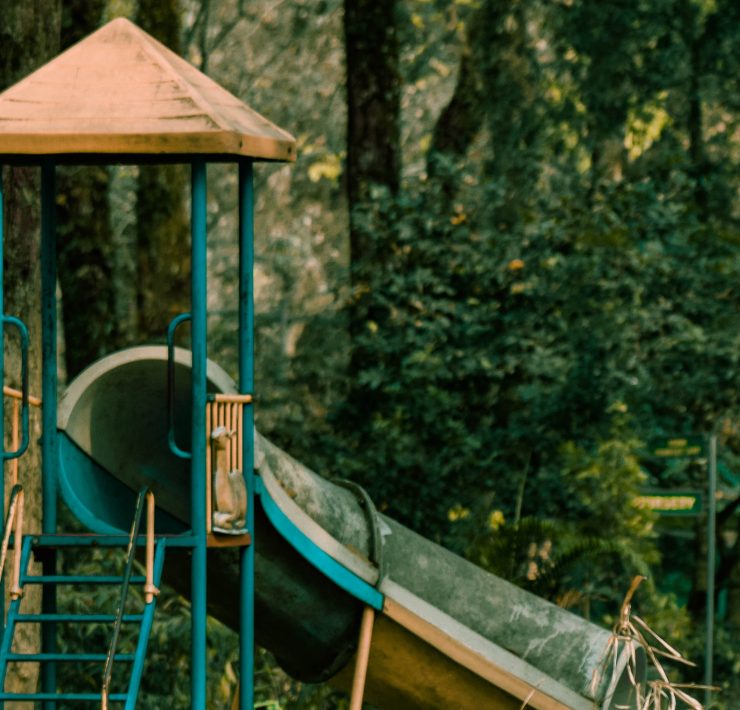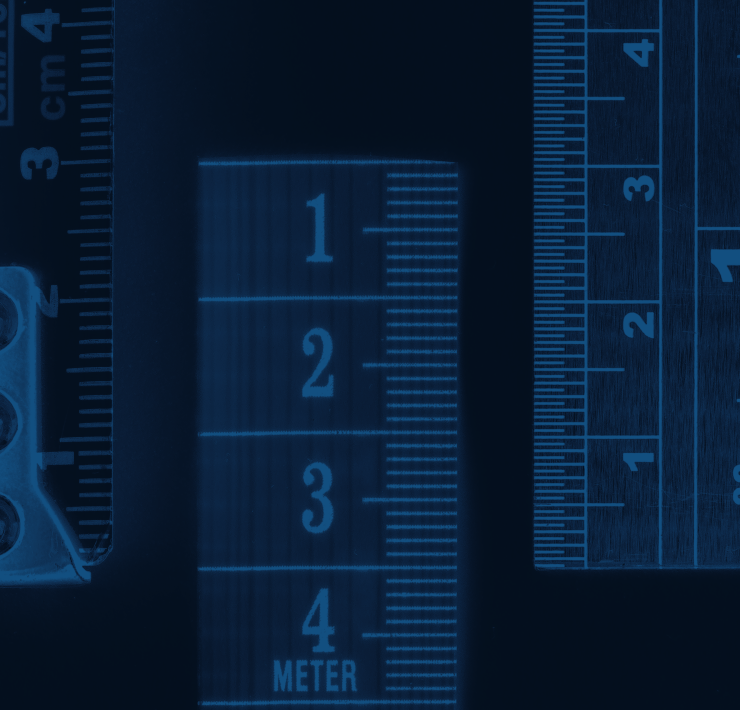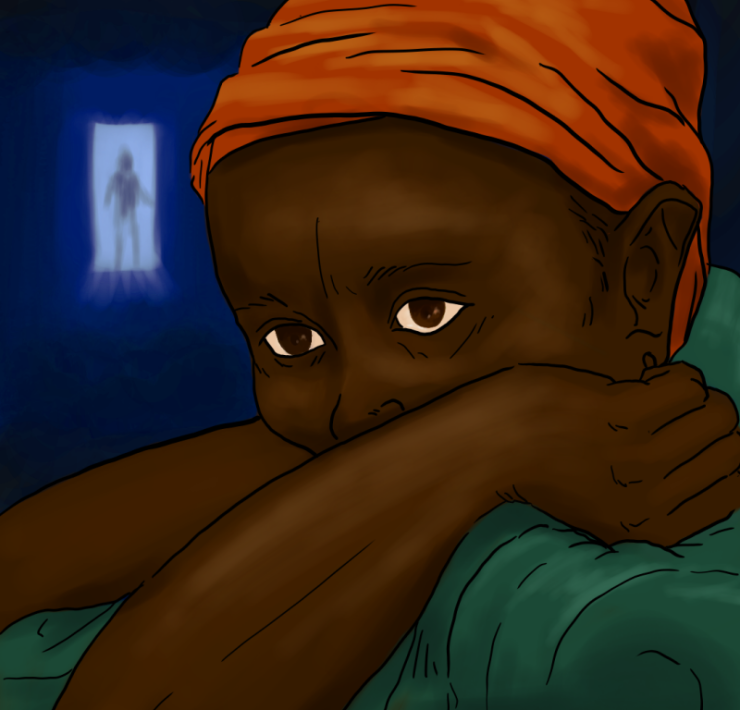The tragic happenings at Mukumu Girls and Butere Boys schools in Kakamega have shed light once again on the state of boarding schools in our country. They come more than five years after the Moi Girls School, Nairobi fire killed 10 students, and other deaths following caning, illness, more illness, suspected suicide, unknown causes, and still more fires.
Tests at these schools pointed to Enterotoxigenic E. coli and Salmonella typhi as the causes of the illness, according to the Ministry of Health, which further advised that this illness can be expected when water sources are contaminated.
These recent outbreaks show we Kenyans, for one, may be fast losing our collective Covid-19-era enthusiasm for 20-second handwashing. They also highlight the role schools play in worsening disease incidents, particularly by insisting that unwell students continue to remain on the school compound. Outside help is only ever sought when full-blown symptoms clearly cannot be managed, by which time infections are well established and lives are in serious jeopardy.
It is a very odd way to do things when we all know most school clinics — or sanatoria as old English called them — lack the capacity for anything beyond the management of ailments, lancing the odd boil and bandaging cuts and grazes here and there. Anything that needs samples, x-rays, stitches and even some allergies needs a trip to a real hospital and a doctor.
Schools appear to be making it up as they go along when deciding if a child needs to be reviewed by a doctor outside the school. What is the rule here? What arrangements do schools make to ensure unwell students get prompt medical care? Do students have the medical cover that gets them such care?
“Going to hospital” should mean a trip on school transportation (you do own vehicles other than buses, don’t you?), to the nearest hospital that parents agree on at those PTA meetings (not the nearest hospital to the school) to see a doctor, have tests done, and return with test results, prescription and medication, assuming admission is not ordered. Don’t make children with fevers start boarding matatus.
The best decision that schools can take is to notify parents of their child’s illness and let them take responsibility for care if they so wish, only insisting on the maximum days before a student must return to school, assuming of course that the doctor is in agreement.
It benefits nobody to have a sick child on the school compound not learning, suffering through classes, disrupting the class with constant coughing and vomiting and spreading whatever sickness they have among classmates and teachers. Get them out of there. So what if the child gets to go home? Will the world end?
It’s bad enough when a student falls sick through no fault of the school itself. Then you have the more worrying situation that happened in Kakamega. Forget the defensiveness of the principal who was rightly criticised for focusing on media coverage when the worst that could have happened at that school, deaths, had already occurred. It was what came after.
The Cabinet Secretary for Education took some measures: transferred that principal, dissolved the board of management and ordered that all the foodstuff in the school be thrown out. A new borehole is also on the way. But none of those actions targeted suspect food handling practices and hygiene. When before this tragedy was that school kitchen last inspected? Are the results ever published anywhere?
The alarm has also been raised about the school’s water supply, and the fact that the school was taking water from a stream that was contaminated by manholes.
Now, it doesn’t help to point out that 18% of households in Kakamega County used rivers as a source of water in 2019 according to the last census, for two reasons.
First, Kakamega is slightly higher than the national average of 17%. Second, because that data refers to conventional households, and not group quarters, which is how boarding schools are classified for census purposes. What is needed is a separate survey on water and sanitation infrastructure for all institutions of basic education in Kenya that should expand on the existing basic education statistical booklet.
However, some information on the state of water quality in Kakamega does exist. A new paper co-authored by a Kakamega County official and a scientist from Masinde Muliro University of Science and Technology paints a sobering picture. This journal is admittedly not influential, but the publication shows the local community has known about this problem for a while and was concerned enough to study it.
Quoting from the abstract:
E. coli counts in most drinking water sources investigated exceeded the maximum permissible limits set by WHO/KEBS, implying that they are not safe for household sources (piped water, boreholes, protected dug wells and protected springs) are subjected to a high level of fecal (sic) contamination in the study area.
Exactly. While the Cabinet Secretary is right to acquire a water purification system with the new borehole, as reported here, the same will clearly be required of every school across the county.
Ultimately, Kakamega County urgently needs two things. One, piped water and main sewers for its schools, which may not happen given our usual preference for the borehole-septic tank stopgap, and for squalid living conditions alongside shiny new school buses (It’s a good time to remember that before succession politics intervened, Fred Matiangi crusaded for better living conditions in boarding schools). Two, schools that are not examination gulags, where children are actually allowed to live a little and complaints about sickness are taken seriously. Your struggle for 20 As in KCSE can wait.







